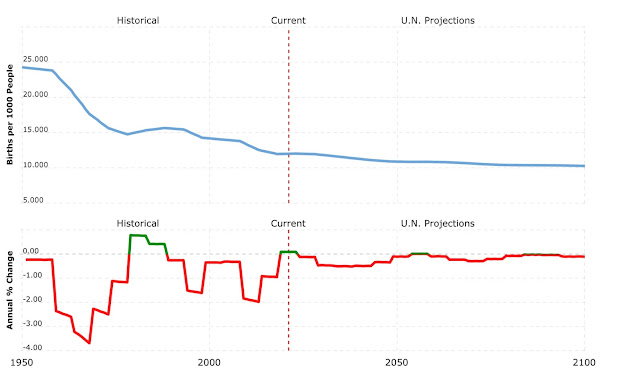We have all heard of the global freight recession and much has been discussed. I thought I would provide a simple summary of "how we got to here" and what the outlook is for the future. So, here goes...
In the dynamic world of global trade, the freight industry often serves as a barometer for economic conditions. Recently, this sector has entered a period of downturn, commonly referred to as a freight recession. This article delves into the underlying causes of this recession, evaluates its severity, and forecasts the potential timeline for recovery.
What Caused the Freight Recession?
The freight recession can be attributed to several interlinked factors:
- Global Economic Slowdown: A significant deceleration in major economies has reduced the demand for goods, subsequently diminishing the need for freight services. This slowdown is partly due to the residual effects of the COVID-19 pandemic, which disrupted supply chains and altered consumer behaviors.
- Inflation and High Interest Rates: Inflation has surged worldwide, leading central banks to raise interest rates. Higher borrowing costs have cooled spending on both consumer and capital goods, directly impacting freight volumes.
- Overcapacity and Rate Volatility: During the pandemic, there was a surge in demand leading to an increase in freight capacity, including the acquisition of new ships and containers. As demand normalizes, this excess capacity has led to rate volatility and lower revenue per shipment for freight companies.
- Geopolitical Tensions: Ongoing geopolitical issues, including trade wars and sanctions, have reshaped trade routes and affected the volume of international shipments.
How Bad Is the Freight Recession?
The current freight recession is notably severe due to its wide-reaching impact across multiple transport modalities, including shipping, trucking, and air freight. Several key indicators highlight the severity:
- Decline in Freight Rates: Container shipping rates have plummeted from their pandemic highs, with some routes witnessing rate declines of over 50%.
- Reduced Shipping Volumes: Major ports have reported a noticeable drop in container throughput, with some experiencing double-digit percentage declines year-over-year.
- Financial Strain on Carriers: Many freight carriers are facing financial difficulties, evidenced by reduced earnings forecasts and increased merger and acquisition activity as companies seek to consolidate and cut costs.
When Will We Come Out of the Freight Recession?
Predicting the end of the freight recession is challenging due to its dependence on broader economic recovery and stabilization in global trade relations. However, several factors will play critical roles in determining the timeline:
- Economic Recovery: A rebound in major economies, driven by consumer spending and industrial investment, will be crucial. This recovery may be spurred by easing inflation and stabilizing interest rates, likely setting the stage for increased freight demand.
- Resolution of Geopolitical Conflicts: An easing of trade tensions and resolution of conflicts could lead to restored trade routes and improved freight volumes.
- Adjustments in Industry Capacity: The freight industry may need to undergo further consolidation and capacity adjustments to align with the new demand levels.
Industry experts suggest a potential recovery timeline ranging from late 2024 to early 2026, depending on the rapidity with which these factors converge. The road ahead for the freight sector is fraught with uncertainties, but with strategic adjustments and economic stabilization, a gradual recovery is anticipated.
In conclusion, the freight recession is a complex phenomenon influenced by economic, political, and industry-specific factors. While the current outlook is challenging, focusing on adaptive strategies and monitoring economic indicators can help industry stakeholders navigate through these turbulent times.









